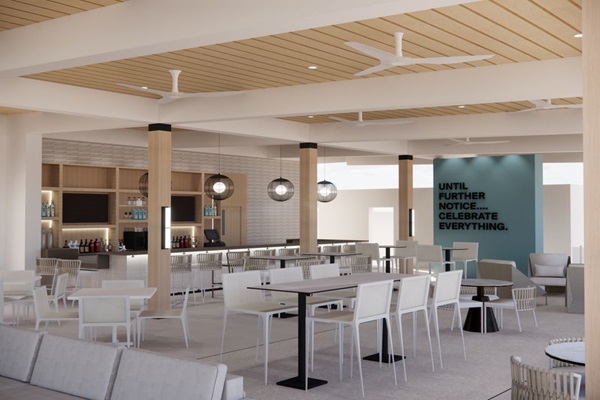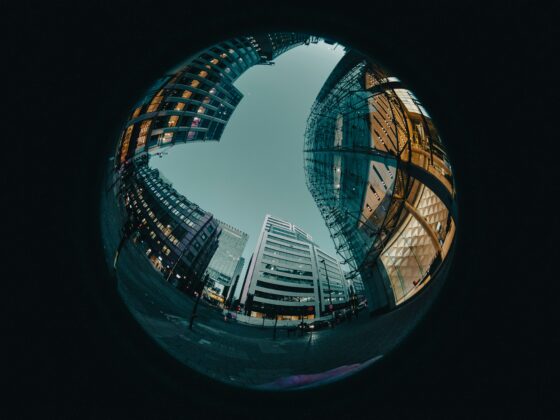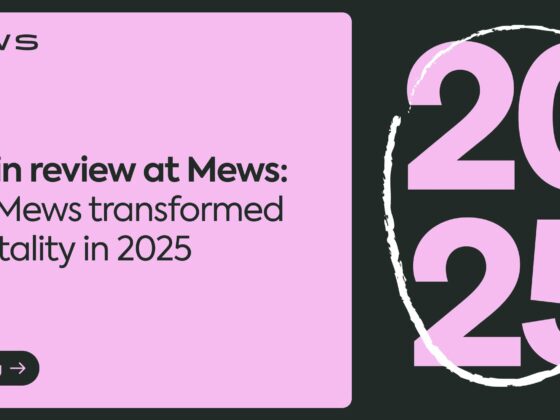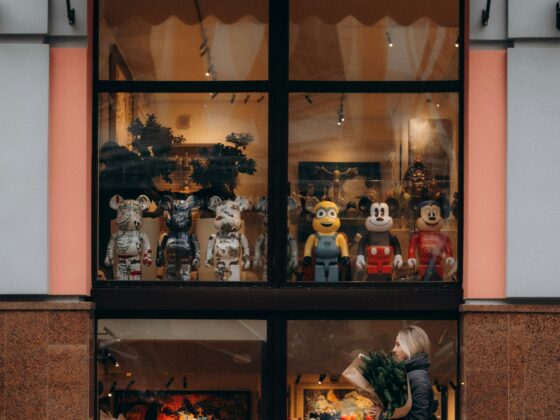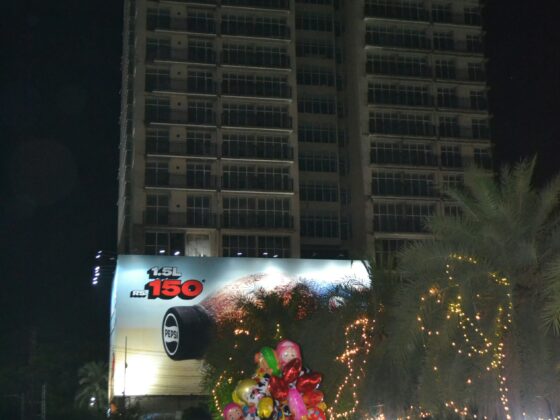Hilton President & CEO Chris Nassetta expressed pride right out the gate over his company’s first-quarter results and qualified it: “Even with somewhat weaker macroeconomic conditions that drove systemwide RevPAR to the low end of our guidance range.”
Welcome to the new normal.
Hilton’s system-wide comparable RevPAR increased 2.5% in the quarter compared to the same period a year ago, but guided its full-year projection down to flat to an increase of 2%, the upside of which reflecting a modest improvement in the second half of the year, with the downside suggesting modest deterioration. Nassetta said that the broader macro-uncertainty, which began to intensify in March, pressured travel demand and in particular across leisure. “Weaker trends have continued into the second quarter, with short-term bookings roughly flat year over year,” he said. “We believe travelers are largely in a wait-and-see mode as the rapidly changing macro-environment continues to unfold.”
Despite the nebulous business environment facing companies and consumer distress, Nassetta—an optimist by nature—is not inclined to jump on the doom-and-gloom bandwagon, even for someone who lives inside the beltway. “It’s fair to say there is a lot going on,” he said. “You see it in the market reaction across both the equity markets, the bond markets, consumer sentiment. There’s a fair amount of uncertainty, but the risk in the marketplace is weighted too heavily to the downside.”
Specific to travel and hospitality, Nassetta said there had been a modest step back in demand patterns, but, at the moment, those seem to be relatively stable. “There’s a lot of seismic change that this Administration is trying to accomplish. You can’t move that much cheese without rattling a lot of cages, but that doesn’t mean it doesn’t end up in a good place,” he said.
He continued, “The risk over intermediate to longer term is more weighted on the upside. If you lift up and look at what’s going on, you have real progress.”
Part of that progress, he said, was the high probability of President Trump’s “big, beautiful bill” getting passed this summer, which could include regulatory reform, energy reform, making permanent the 2017 tax cuts, no tax on tips and clarity on social security. “There’s a reasonable probability all that gets done,” he said.
Concurrently, Nassetta is sanguine on some of the tariff noise quieting, with fairer deals in place with some of the United States’ biggest trading partners. “It will create a lot more stability, a lot more certainty and, as a result, when you get to the second half of the year, we could be in a very different place,” he said. ‘The underlying economy is still really strong. What’s going on right now is this sort of asymmetrical risk to the downside because of a high degree of uncertainty. My belief is you will see some of that, if not a lot of that uncertainty, wane over the next couple quarters, and that will allow the underlying strength of the economy to shine through again.”
In recounting past black swan events, from 9/11 to COVID, and their aftermath, Nassetta said there is always a resulting reaction: overreaction. “I think that it should be much more equally weighted than than what we’re experiencing today,” he said.
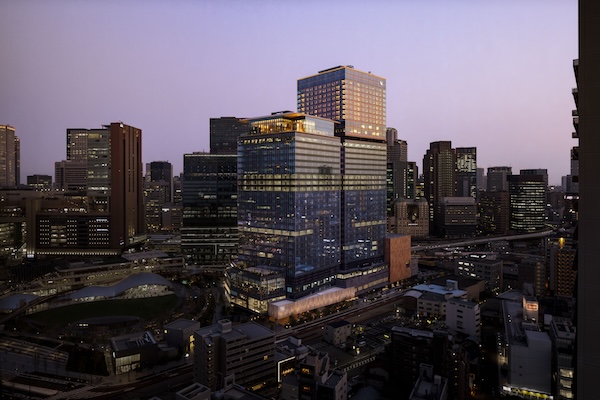
On the Number
In the quarter, Hilton opened 186 hotels totaling more than 20,000 rooms, representing a 20% year-over-year increase and net unit growth of 7.2%. Conversions accounted for approximately 40% of openings in the quarter, driven largely by the DoubleTree and Spark brands and the notion. “In good times, [developers] want to do conversions with us in; in more uncertain times, they really want to do conversions with us because they want the safety and the comfort being in a system like ours that you has millions of loyalty members and drives strong commercial performance,” Nassetta said.
Additionally, openings in international markets remained strong, representing half of all new additions to Hilton’s portfolio. Hilton Garden Inn debuted in Greece, Hampton and Canopy entered Africa and Spark expanded its presence across Europe, with openings in Germany and Poland, after a Q4 announcement that Spark was also being expanded to India.
Hilton’s luxury and lifestyle division accounted for 30% of all hotel openings in the quarter. Momentum continued into April with several key openings, including the 252-room Waldorf Astoria Osaka and a new Waldorf Astoria in Costa Rica.
The development pipeline ended the quarter with more than 503,000 rooms, representing an increase of 7%. Hilton approved more than 32,000 rooms in the quarter, up 10% year over year, including its first Waldorf Astoria in Texas in collaboration with Mark Harmon, the founder of Auberge Resorts. Construction starts in the first quarter were up 13% year over year. “Our pipeline includes nearly a quarter million rooms under construction, which is more than any other hotel company representing more than 20% of the industry,” Nassetta said. “We remain confident in our ability to deliver net unit growth of 6% to 7% in 2025.”
Beyond development, Nassetta teased three new brands that Hilton, which is notoriously focused on organic growth over M&A, will launch: 1) A lifestyle collection brand. 2) A hard brand between Motto and Canopy. 3) A furnished apartment-type brand. “You’ll see us go from 24 to 27 brands,” Nassetta said.
As an asset-light business focused on fee generation, Hilton is to some degree insulated from the whipsaw economic environment. Nassetta alluded to Hilton’s “super” high-margin business at some of the company’s lowest ever leverage levels. He summed it this way: “COVID was hard, but we sailed through it. I don’t think that’s where we’re going, but we are fully prepared for whatever eventuality there is.”

